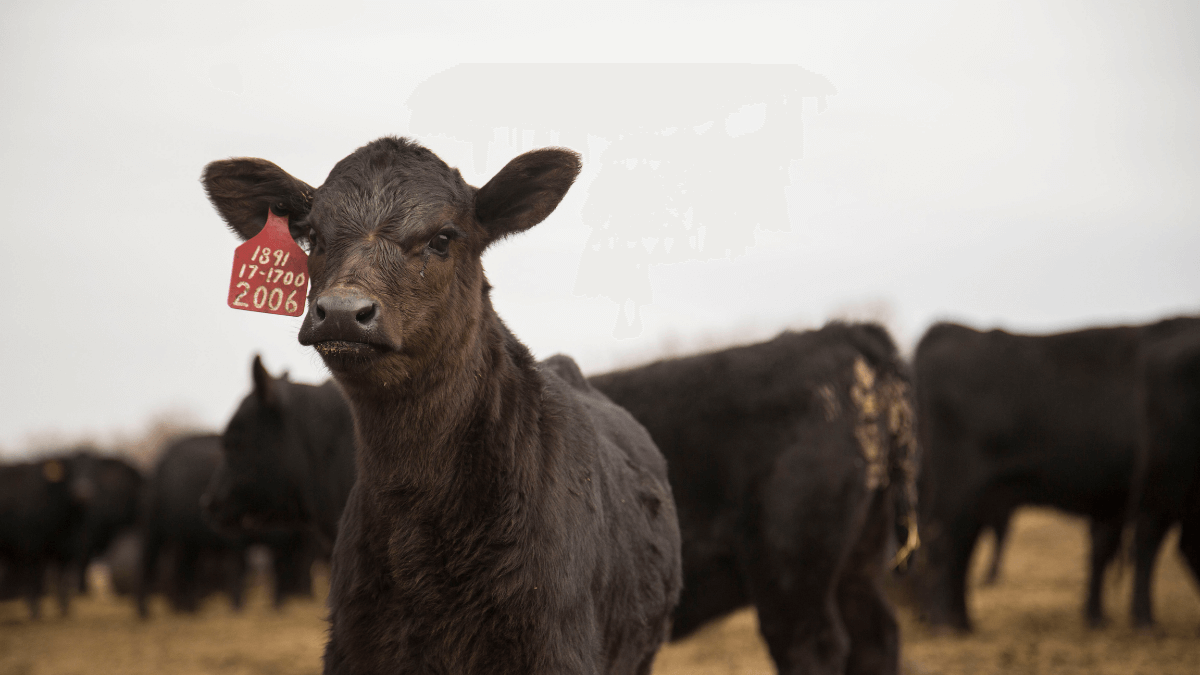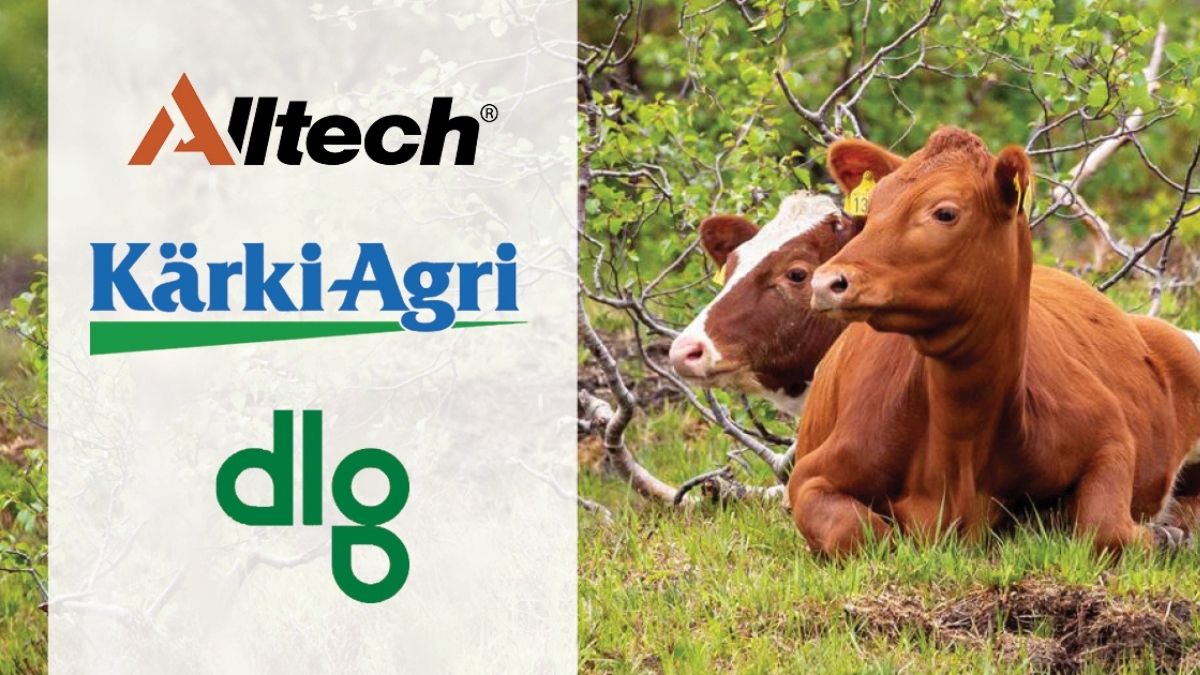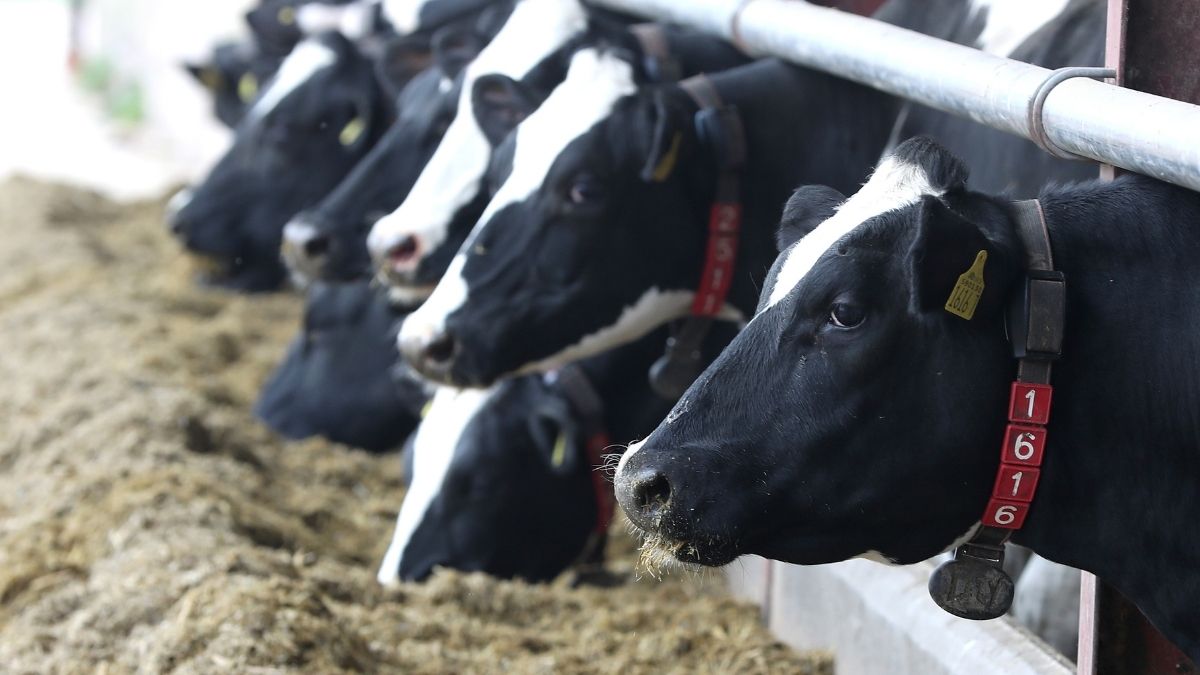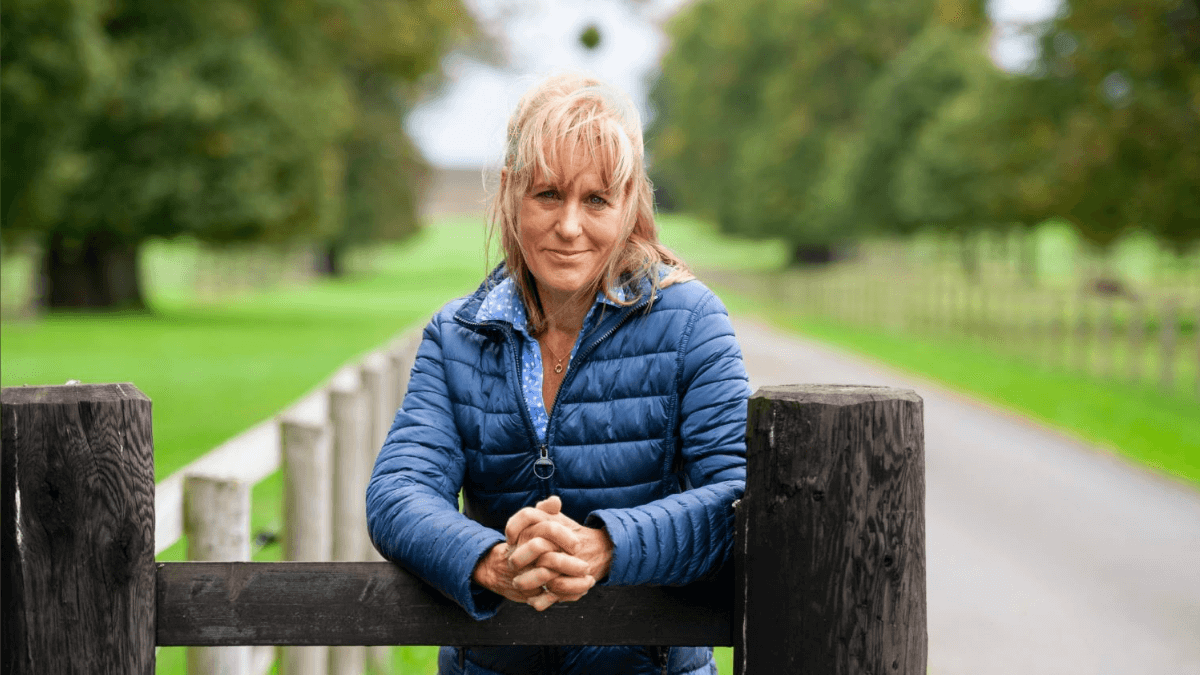Twig Marston – Seizing Opportunities in the Beef Industry
What some may view as obstacles, Twig Marston sees as opportunities. The beef nutritionist from Hubbard Feeds joins to share his thoughts on the current state of the beef industry and why he is optimistic about the industry becoming more efficient and sustainable.
The following is an edited transcript of the Ag Future podcast episode with Twig Marston hosted by Tom Martin. Click below to hear the full audio or listen to the episode on Apple Podcasts or Spotify.
Tom: I’m Tom Martin, and for this latest conversation in our beef and dairy industry series, we’re joined by Twig Marston, a beef nutritionist with the Alltech division, Hubbard Feeds. Welcome, Twig.
Twig: Well, thank you, Tom. I’m glad to be here.
Tom: And let’s get this out of the way up front. I’m sure you’ve been asked this enough to roll your eyes every time it happens, but I’ve never met anybody named Twig. How did you come by that name?
Twig: My parents gave me that the day I was born. So, that’s on my birth certificate. And if you ask my mom and dad, if you ask them, “Hey, where did you get the name ‘Twig’?”, they’ll just laugh and never give you an answer. So, I have no idea where it came from. It’s definitely not a family name, but it’s one that sure stuck through the years.
Tom: Well, it’s a good one. It’s one that nobody will forget, that’s for sure.
Twig: It’s a little different.
Tom: So, Twig, your expertise is in beef nutrition, with focuses on improving the efficiency of beef production and increasing the demand for beef. So, let’s start with efficiency. What needs improvement in that area?
Twig: Well, I think, Tom, when we talk about efficiency, a lot of times, we’ll try to compartmentalize and look at, like, one phase of a calf’s life or one part of a cowherd — you know, pieces and parts. And I think, now and in the future both, we're looking more at a systems approach of, “Okay, if we change this and improve the efficiency of this part, if we interact with different parts of our production system — say, like the forage management or the grain management, along with the transportation management and the actual cowherd and the animals themselves — we can improve efficiency in a much better rate. Not better (just) in (terms of being) profitable or sustainable, but better in just everything that we put into the system.” And then, as we get along further and further, we can make more changes that will build on each other as we go.
And so, we're looking for the intersections in the industry to make those. And I think, as we do that, one of the things that we do is in the system — I’m a cow/calf guy, so I like to look at, “Okay. How do I improve cow/calf efficiency?” And a lot of times, I’ll go to reproductive efficiency. And that’s intertwined with nutrition. And that's where my expertise comes in, is (in answering questions like), “How do we get cows in the right body condition score? How do we feed them the right trace minerals and vitamin packages? How do we give them enough protein that they can go out and efficiently harvest the forages that we make but, in turn, increase the reproductive efficiency, which actually gives us more sellable calves per cow exposed?”
And then we take that even further as we wean that calf and go into post-weaning ownership and production. We look at, “Okay, how can we improve their rate of gain? How can we improve their feed efficiency?” And then we get to start finding things like genetics and all kinds of other facets of the industry that, you know — 20 years ago, we studied genetics, we studied reproduction, we studied nutrition. Now, we're starting to study all of them together. And together, we're making much quicker progress in increasing the efficiency and quality of our product.
Tom: Well, these are definitely the strangest of times, in recent decades, anyway. What's happened to consumer demand for beef during this pandemic?
Twig: When we talk about consumer demand, it shifted during the pandemic, but it stayed strong. And so, it’s changed from how people eat, or where people eat, or how they spend their food dollars, but one of the things that they've done to beef is they come back to beef time and time again as they look at the opportunities to include that as part of their meal, as part of the protein section.
And I think the story, (over) the last 20 to 30 years, through different nutritional programs and different beef advertisements, has been the nutrient density of red meat. You know, what do you get out of red meat besides proteins? Zinc and iron and those things that help balance and make a good, healthy diet for the public. And I think, also, what we've seen over the year of the pandemic is changes in demand for exports, where our neighbors — whether they're across an ocean or connected to us on the North American continent — have continued to support the beef industry and their purchases of beef and beef protein products as we look out there.
And so, as we look at the pandemic, one effect that it’s had (is) it’s changed the way we ate but also has not always changed it in a way that it’s hurt our business or shifted our business to other proteins. We remained strong throughout that. And I was just reading a forecast today that came out with numbers from November and December of last year, and they predict that in 2021, we're going to continue to increase the demand for beef and the beef products that we produce here in the United States.
Tom: The USDA is forecasting that meat prices will rise about 6.5% this year — more than double their usual rate. What's driving up those prices?
Twig: Well, several things are. One is they’ve just readjusted some of the numbers, inventory numbers, of the beef supply out there, and they have decreased not only the 2020 number of calves born in the United States but also the number of calves that were born in 2019. So, that's going to affect the number of cattle that we have available to market during the year 2021. Along with that, over the last 3 or 4 months, we've seen a steady increase in feed production costs. The price of corn, the price of soybeans — two of our major staples when we get to the finishing phase of the beef industry — have gone up dramatically during the last, like I said, 2 or 3 to 4 months, if we look back to those charts. And one of the things that tends to happen when feed prices increase is we'll have a lag in the cost of beef or the prices of beef, but then we'll see beef start to catch itself up with those higher prices. So, in the end, high feed prices produce high beef prices. And so, that will support those increases in beef cost that we see that will end up with the consumer.
Tom: Tracing those falling dominos backwards, we're now at the point of feed going up. What's driving that? What’s driving up the price of feed?
Twig: Several things are driving up the price of feed that we use in the beef industry. One is increased exports to foreign nations that want our grain supply. And so, they’re direct competitors with the feeding of livestock in the United States. Part of that is due to the supply that’s out there — the number of bushels that are produced not only in the United States but other countries as well — but also is the monetary policies of different countries besides the United States. And us devaluing our dollar through the last several months has made our products more valuable in the export market. And so, that's driven many, many countries to come to the United States and start to build their supplies to meet their demands and future demand from our grain supply.
So, it's not just one thing. It's several things coming together. And it’s been very good if you're a grain producer. It's made your life a little more complicated if you're a livestock producer.
Tom: What about consolidation in the packing industry? Is that trend having any impact on pricing?
Twig: It has in the past, probably. I mean, there's no denying that we had more packers several decades ago than we do now. But really, the packer consolidation hasn’t changed much in the last 20 to 30 years, at least. The same big players are the same big players. Yeah, maybe some names have changed, or they’ve switched some divisions, or they've added to their companies, but we still have about the same number of large packers out there that we had before. There is some consolidation always going on in the medium-sized and small packing industry. And so, that will have some local and regional effects. But overall, I think consolidation doesn't drive it, except those companies now have different points of leverage as (they) look at supply and demand.
I think really it gets back how many pounds of cattle are out there for the packers to harvest and how many pounds can they deliver out of their harvesting efficiency to the public and the products that they produce. And so, that pendulum swings back and forth between who has the leverage in the supply and demand markets out there, between the producers and the cattle raisers and those packers. And of course, there's times when one will have an advantage, and then that pendulum will swing, and the other side of the equation has an advantage.
And we've seen, since the pandemic — first, there was a fire at one of the major packing plants that reduced packing capacity. And then, with the pandemic coming, with COVID coming in and reducing the size of the workforce at times, we've seen a decrease in the ability to produce, and that caused the backlog (of) cattle. And so, that wasn't anyone's fault. It's just the way things happen. And so, now, we've had to live through that, and I think we're now getting on the front side of the whole packer supply. And so, I think we'll see a shift now, as we go forward. And we’ve seen that shift, I think, in the last month or so.
Prices may not have always been what producers wanted, but they did stabilize. And at times, we see some pretty bright spots. And then we look at futures and different abilities to manage our risk in the future, and we see some opportunities for some profits as we look out in the front months.
Tom: Okay. Change of subject. What trends are you seeing? What's happening with all-natural and niche market programs? What's going on there?
Twig: What we see out in the country is more and more interest in those. They’re still a small but a growing part of the beef production systems. Producers are much more comfortable about what the rules are and the production practices that need to be put in place, the affidavits or certificates of production, to make sure the products meet specs and those kind of things. All those are becoming more and more acceptable — or at least knowledge about that, so you know where you're at, you know what your opportunities are on the production side.
I think, on the other side, on the packing industry, the fabrication and the retail sales, they are finding more and more ways to identify their brands and to advertise and present those brands to the public, to show their advantages. And I think that part of these natural markets — it was kind of the chicken and the egg. Which one do you need first? Do you need more pounds of natural beef, or branded beef and a certain product, or do you need the market out there to pull that through? And I think we found that there's a balance there and that, now, the pull-through is becoming slightly larger every day. And so, we see more and more opportunities when we get to those different kinds of branded products that we can present to the public.
Tom: The new Biden administration is much more aggressive on the matter of climate change and reducing greenhouse gases that contribute to it. And I'm wondering: Do you see a role for the feed industry to play in that effort?
Twig: Oh, yes. I think we’ll be front and center in that opportunity. I think some can look at climate change and greenhouse gas production and environmental sustainability, those kind of things, and they can look at them as problems, or you can turn the table around and look at them as an opportunity. You know, what can we do if we're in the production system? What can we do to do that? Can we be more efficient in the production of the crops and the forages out there so that we have a large role to play in carbon sequestration back into the soil? Is there a way we can play a bigger part of the natural carbon cycle, where CO2 or greenhouse gases are produced in our production system but we can return them back to the natural carbon cycle, back into a healthy soil, and start that cycle to where we don't have a buildup, or a dam, or a barrier from that cycle from taking its place?
And so, as we learn more and more about how we can enhance those abilities, we can take more and more responsibilities of helping other industries out there that don't have that opportunity to enter the carbon cycle as easily as we do. And so, I see it as a great opportunity for us in the beef industry to help not only our country but the world get the control of climate control and of carbon production or atmospheric carbon and get it back into the soil. I see that as a major focus that we have in the future. And I see it as a huge business opportunity for the industry as well.
Tom: Well, Twig, are you seeing developments or trends in the areas of research and innovation that are especially interesting to you?
Twig: Yes. I like to keep up with journals and the research journals and see what's cooking out there, what the young minds and the old minds are putting together and how they build science and what science has to do with improving our product, the production of beef and the food that we provide for people.
I mean, really, when we get down to animal agriculture, whether we’re in the beef industry or the swine industry, we’re in this business to feed people. I'm always interested in those opportunities where we can improve the quality of our product, improve the safety and wholesomeness of our product.
I look for intersection. Some of the intersections that I'm quite interested in (are) the intersections between genetics and production — say, like nutrition or reproductive physiology. In genetics, we’re fine-tuning more and more of being able to predict what animals can do and what they can't do and then using that to enhance our production system so that we know how to feed this kind of cattle, where we can improve our feed efficiency with different types of diets that we might feed them. So, it's an intersection of different disciplines within the industry.
The other part of research that I really enjoy reading is research that has nothing to do with beef. You know, we’ve got some exciting things that the world is learning about viruses and learning about climate, learning about social behaviors, learning about all those different kinds of things. And that's where we're going to find the intersections, I think, that advance science. You know, if everybody just studied beef, we’d have great beef, but we’d be leaving out other parts of our society that we can make improvements on. Maybe if we’d look at biosecurity and those kinds of things in the beef industry, we can use that biosecurity to predict our human population as well. And so, I always look for things within my realm, and then I try to reach out and look at things that are kind of off the charts and say, “That's pretty interesting stuff.”
Tom: Yeah. In a previous interview that we did, we heard about tomato farmers in England who figured out how to make their packaging, their crates, out of tomato vines, which was pretty interesting stuff. And that's kind of the thing that’s going on, isn't it?
Twig: Well, yeah. I mean, we’re finding different ways to prolong the shelf life of a product, to reduce the injury, so that we have less waste. You know, one of the big things in food production is waste, even though we have part of our population that needs more food that is not readily available to them. If we look at the amount of food that either spoils or doesn’t get transported right or doesn't get portioned right, we could capture that waste back and make our product more available and can get rid of some of the food deserts that we have out there across the world.
Tom: Have there been any recent tweaks or updates to the Blueprint feedlot or seed stock programs?
Twig: Oh, yes. That’s the beauty of the Blueprint program, is it's an evolving product line. We started out with basic cow mineral nutrition, mineral supplements that went straight to cowherds, and then we started kind of another set, for the growing and finishing phases of beef production. Over these last 6 months, we’ve stepped back and really looked at those opportunities, that the whole production system could benefit from the use of organic trace minerals, the use of feed additives like Bio-Mos 2 and Integral and some of those products that we know can really aid in the production of beef. And so, we started to incorporate them and looking at the different phases but then putting, like, a lifecycle into the product line to where it just all fits together.
It’s been a great product and a program to work with. We’re getting some exciting results and great testimonials from producers that have been with us for 3 years (or have) been with us for 3 months, you know, about how well the product is used. That not only gives us or makes us smile about we know we have a good product, but it also stretches our imagination of, “Where does this need to go next? Where are we headed to? How can we make this even better?”
Tom: Well, you’ve mentioned opportunity a couple of times here, and I just thought we would wrap up by asking you, in a broad sense, what opportunities should producers be keeping their eyes on?
Twig: Some people call opportunities problems, and I try to always turn it around and look at problems and turn them into opportunities. But I think if I was a producer out there and I was looking for opportunities to stay on top of my game, the first thing is I would stay informed. I would watch the world, I would watch my business, and I would watch my community and try to learn every chance I could. I think being a lifelong learner is a very, very important part of being a successful beef producer and a successful part of the ag industry.
And the other thing is to stay alert. I think one of the things that can happen to us when we're out there in the production phases of our industry is we've made a widget, and we just keep making that widget, and we don't think about the other opportunities that come along. And so, I think we need to stay alert and look at the different opportunities that come along.
I mean, who would have thought that — you know, one of the things that we say about beef is (that) the only thing that we waste on a beef animal when we harvest it is the balls. We make some of the finest paint brushes in the world out of the hair that’s in the ear of a cow. We used to be used for almost all the insulin production until recombinant DNA was used to produce it artificially. I think we always need to continue to look at those opportunities of how we can better raise our product, how we can increase the value of our product, and what can we make of higher value that can better people's lives with what we do as beef producers.
Tom: Well, it's also interesting. It’s Twig Marston, a beef nutritionist with the Alltech division, Hubbard Feeds. Thank you, Twig.
Twig: Thank you.
Tom: Join us for the rest of this series as we reflect on how the agriculture industry adapted in 2020 and speak with experts on what's in store for agri-food in 2021. Be sure to subscribe to Ag Future wherever you listen to podcasts. And I'm Tom Martin. We thank you for listening.
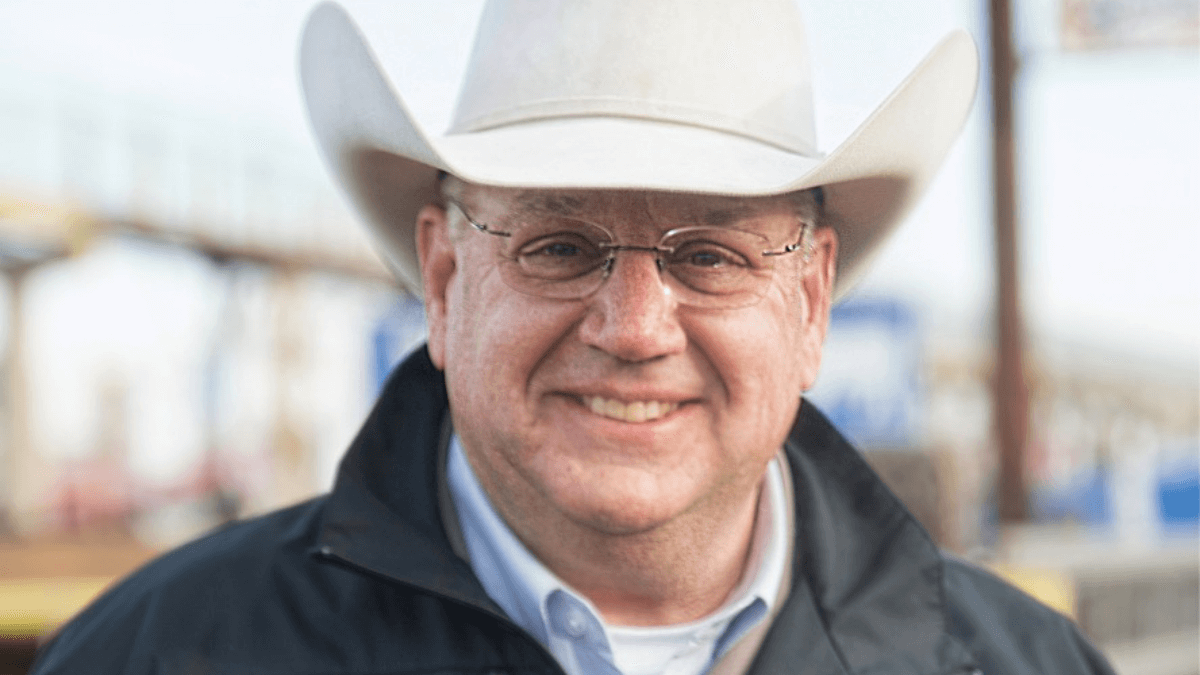
Twig Marston believes that being a lifelong learner and staying informed are keys to being a successful beef producer.
















